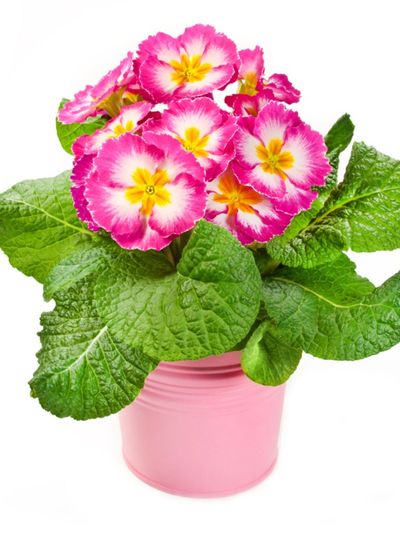How to Grow Primrose Indoors
The first thing to remember about your primrose houseplant is that the people who sold it to you did not expect you to keep it as a houseplant. Primroses indoors are typically thought of by the houseplant industry as a short term houseplant (much like orchids and poinsettias). They are sold with the intention of providing a few weeks of bright flowers and then discarded after the blooms have faded. While growing primroses indoors beyond their bloom span is possible, it is not always easy. Because of this, many people choose to simply plant their primrose houseplant out into the garden after the flowers are gone. If you decide that you want to keep your primroses indoors, they will need bright direct or indirect light. Primroses indoors are very susceptible to root rot, so it is important to keep them moist but not too moist. For proper primrose indoor care, water as soon as the top of the soil feels dry, but do not allow the soil to dry out as they will wilt and die quickly in dry soil. Primroses indoors also need high humidity. You can raise the humidity around the primrose plant by placing it on a pebble tray. It is important to your success of growing primroses indoors that these plants be kept in temperatures below 80 F (27 C.). They grow best in temperatures between 50 and 65 F. (10-18 C.). Primrose houseplants should be fertilized about once a month except for when they are in bloom. They should not be fertilized at all when in bloom. Getting a primrose growing indoors to bloom again is difficult. Most people have success if they move their primrose outdoors during the summer months and bring it back inside for the winter where the plant should be allowed to go dormant for one to two months. Even with all this, there are only even odds that your primrose houseplant will bloom again. Regardless of whether you decide to keep your primrose after it blooms or not, proper primrose indoor care will ensure that its bright, winter chasing blooms last as long as possible.
